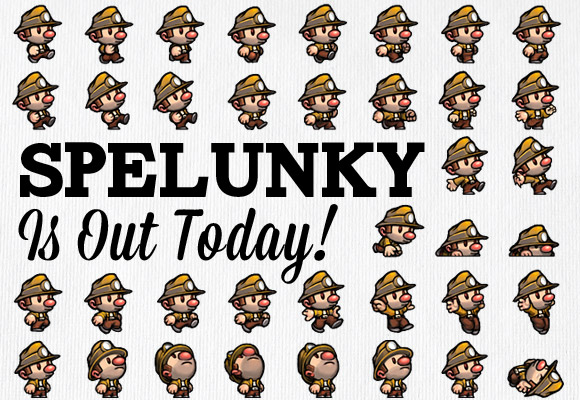One of many 'Teens React To....' series, I stumbled across this recently uploaded episode when taking a quick coffee (glass of water) break from level editing of SpaceBoy - more on that later.
The episode came as a real kick in the teeth, for me, a 26 year-old, having been born 3 years after the release of the NES, and being first introduced to a video game console in 1992 with the Sega Megadrive, I still managed to find, purchase and play older consoles and computers in my pre and post-teens.
Watching teens of ages between 14 and 19 react so confusingly to a console that, as factually stated within this episode, essentially led the charge in the rebirth of the video game industry after the crash of 1983 disturbed me.
I never had a Super 8 Camcorder but I know what they are. The way most of the teens in this video react is bizarre to me, maybe it's age, or just bad parenting, OR as 'guest star' Maisie Williams from Game of Thrones fame states,
"We're just spoilt these days. As soon as someone creates something that's like super super efficient people won't stand for anything less."
I think she speaks with reason and makes a valid point, having a Sega Megadrive hooked up to the only tv of the house in the early 90's was about as good as it got, now people have access to Megadrives, NES', SNES', GameBoys, and every other retro console emulated to their phone or tablet. Not that they'd know what consoles they were. Bastards.
I think we're all a little spoiled, having access to video games almost immediately with downloads and the ease of access to apps and online stores has created fickle people out of us. Play one game for a few minutes then done, onto the next one please, thanks. Fads. I hate fads. Not just in video games, but it seems that people of all ages play video games now, without realizing.
As Charlie Brooker suggested in his 2013 TV special, 'How Video Games Changed The World', Twitter, and social media networks are essentially video games. Posting on Facebook and observing likes and comments are themselves rewards, as close to earning money or points within a video game.
But to the point of the video.
As I watched this episode I noticed how cleverely structured it was, for the teens reactions caused fleeting reactions from myself. One minute angry, the next melancholy, and after that gracious. To the few that didn't understand nor care how the console functioned back in the 80's and 90's, there were also positive and enlightening responses, such as,
"It's a classic, like a classic vinyl record; this is like a classic vinyl video game", and "Today, if you had one, you'd be the coolest person out of your friends... you're gonna get like the highest hipster status ever".
And there we have it. 'Hipster'. A piece of my youth is now 'hipster', the console's come full circle somewhat and is now suggested to be 'cool' again, and something to have and brag about.
This greatly influences gaming today, at least within the 'casual market', as old video game design, blueprints and styles are as popular as ever, and are often created to replicate that old 'retro' and niche feel.
Some other highlights of the video for me were when each and every teen couldn't load the game cartridge for the first time. On the beautiful old CRT television, the screen flashed green, in the suggestion that an error had occurred, and even though the console's power was indeed on, something else was a miss.
The teens were then informed that kids of the cartridge generation - pre-CD era - used to blow the cartridge, removing any dust or wrongdoings the sweet and innocent game had collected throughout the time it wasn't being played.
A realization, again, the teens reacted to confusingly. Although 'blow the cartridge' was apparently unearthed as myth, the teens correctly diffuse as once they do the game works.
One commentator of the video, 'ElWaster', posted,
'I might feel old, but I feel a bit of joy knowing that I have experienced an extreme amount of fun at the beginning of an amazing form of media that these kids never will.'





















